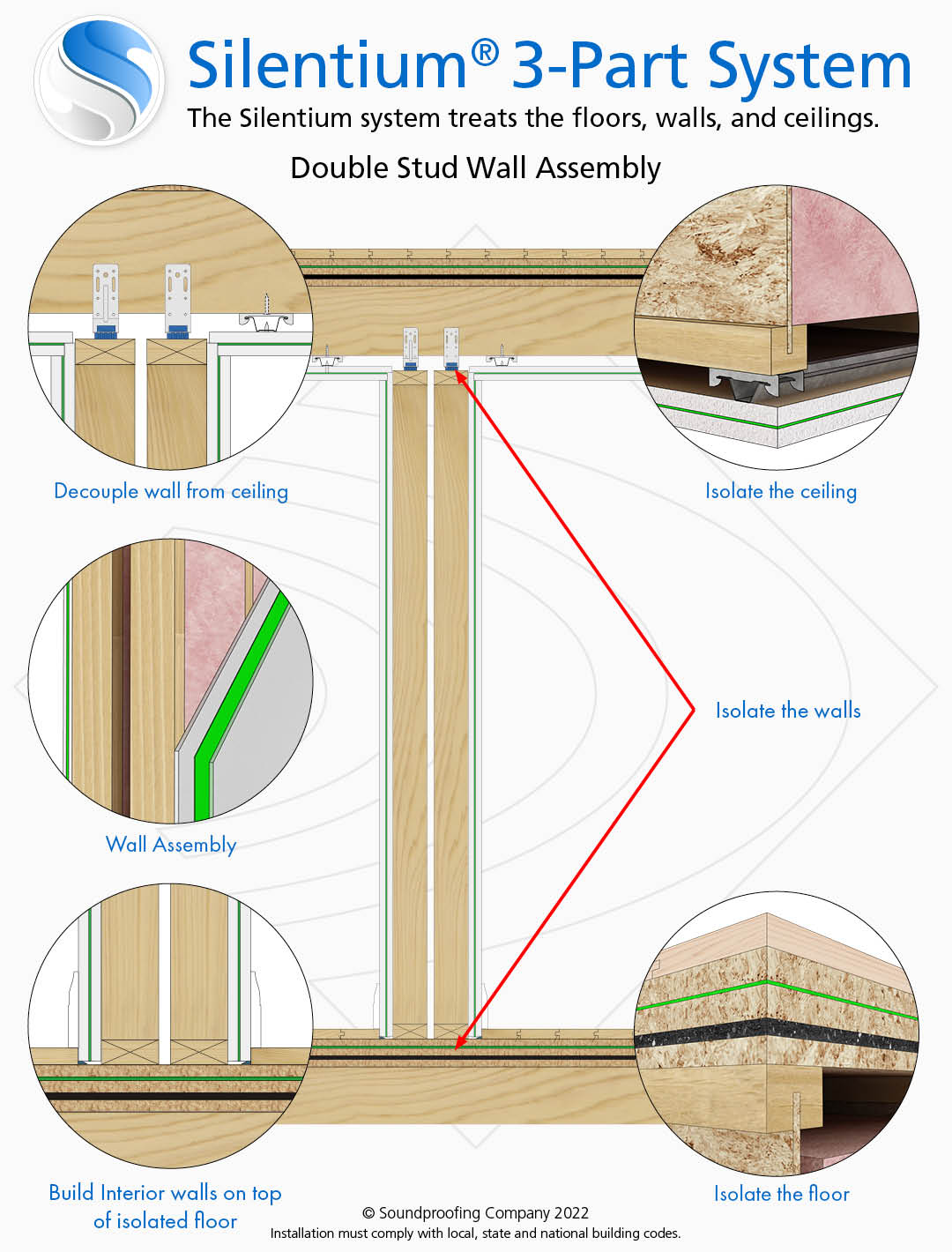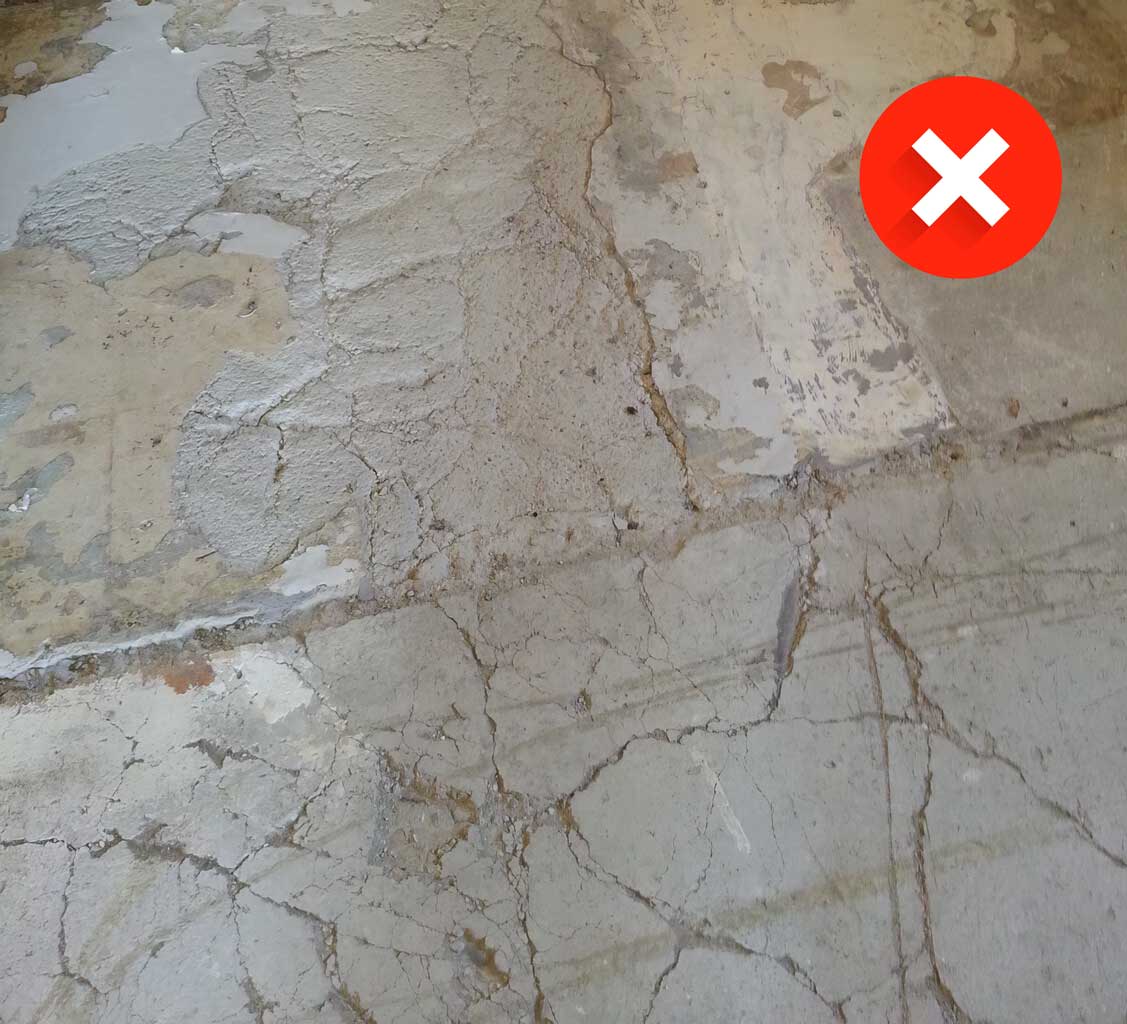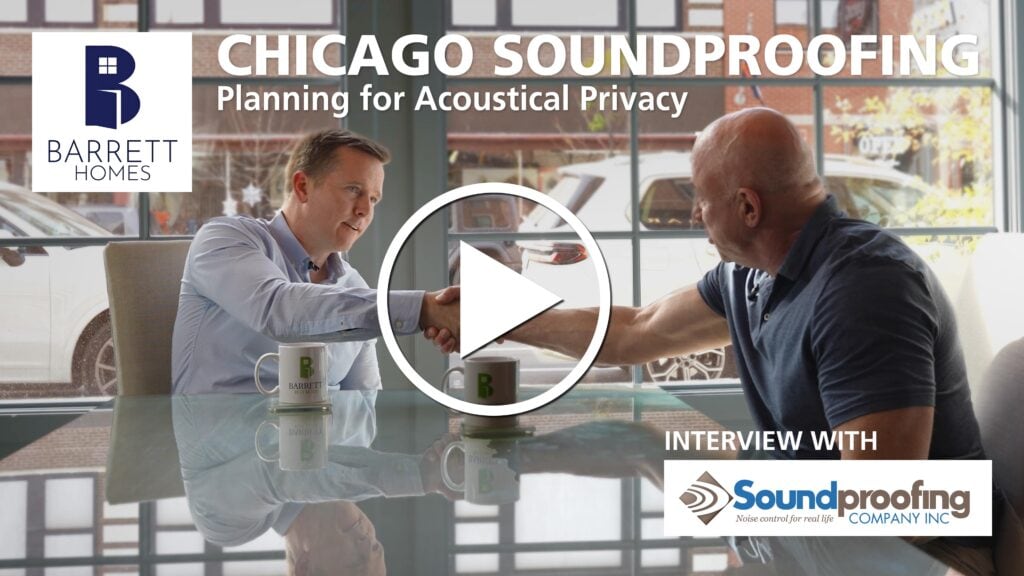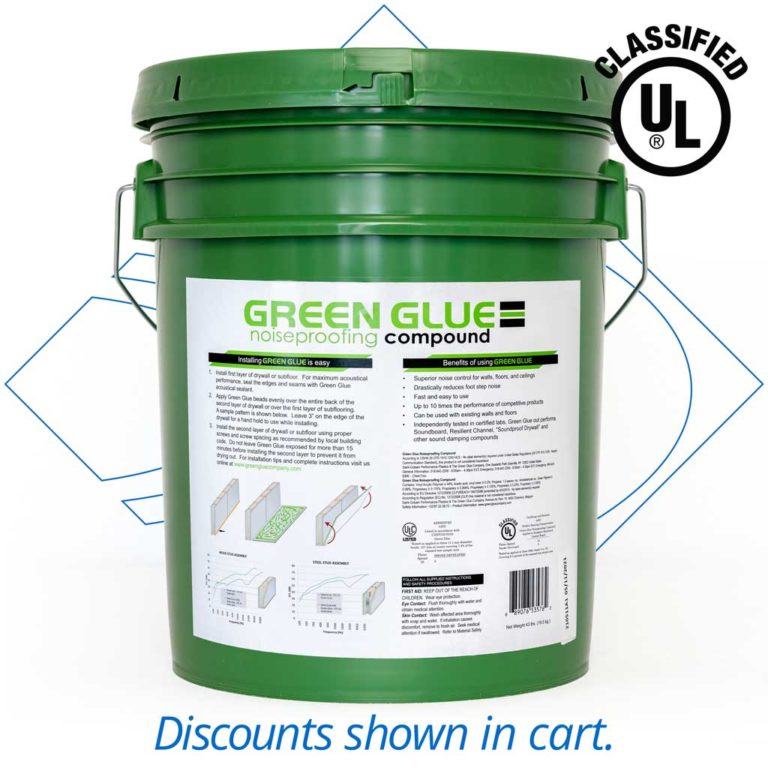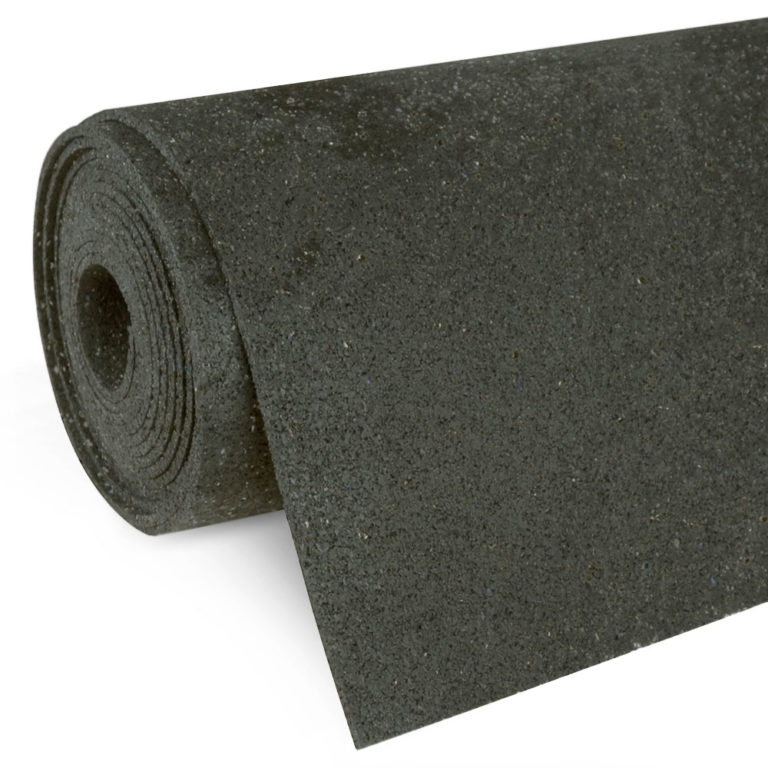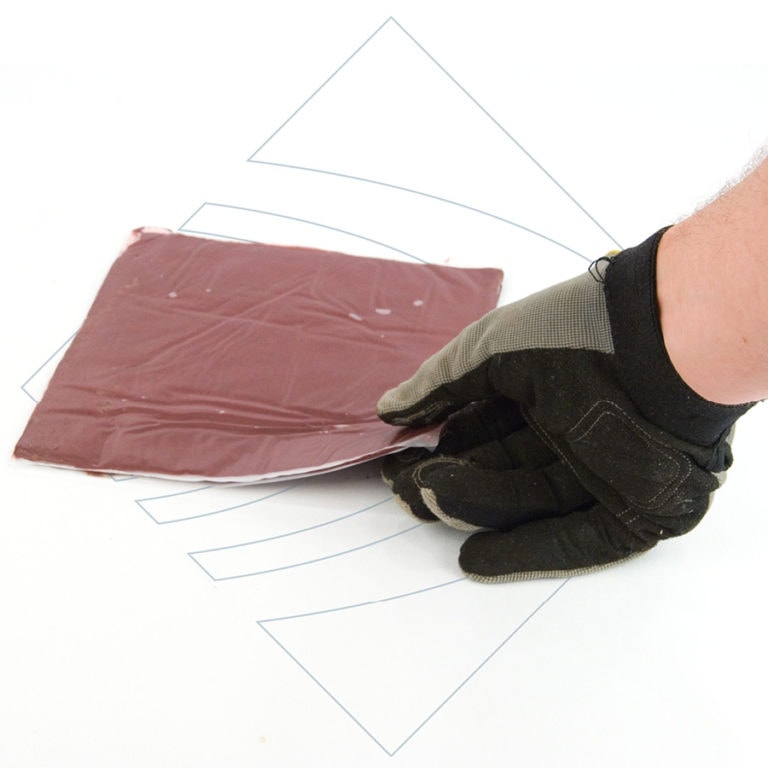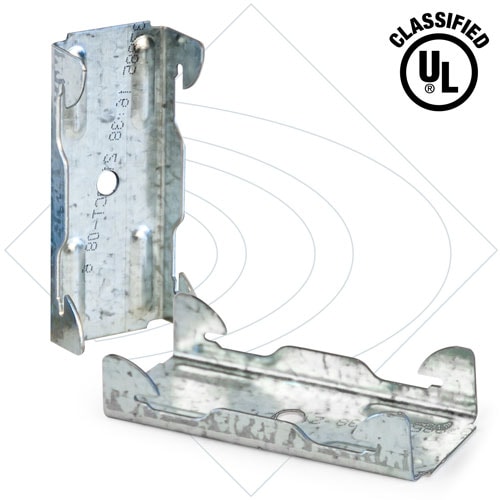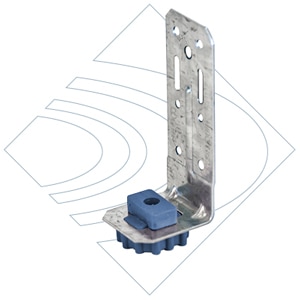Commercial Soundproofing for Real Estate Developers
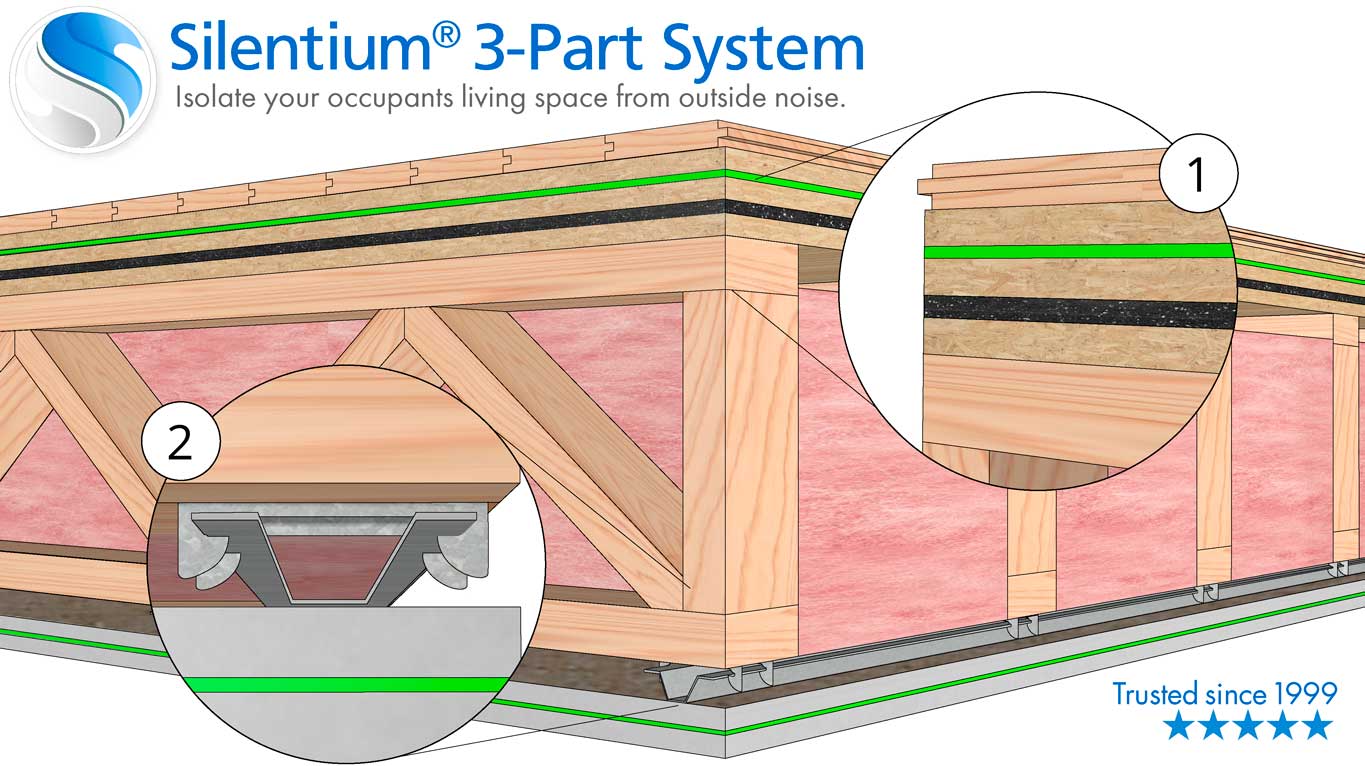
The Silentium® System
Truly effective neighbor noise isolation must include not only isolation of the floor and ceiling, but also the wall attachment to the joists. The Soundproofing Company's proprietary Silentium® Commercial Soundproofing System addresses all three:
- Floor: Multi-layer isolation
- Ceiling: Independent ceiling suspension
- Wall: Attachment to joists
Our triple-focused solution dramatically reduces unwanted footfall and neighbor noise.
Silentium® System Showcase
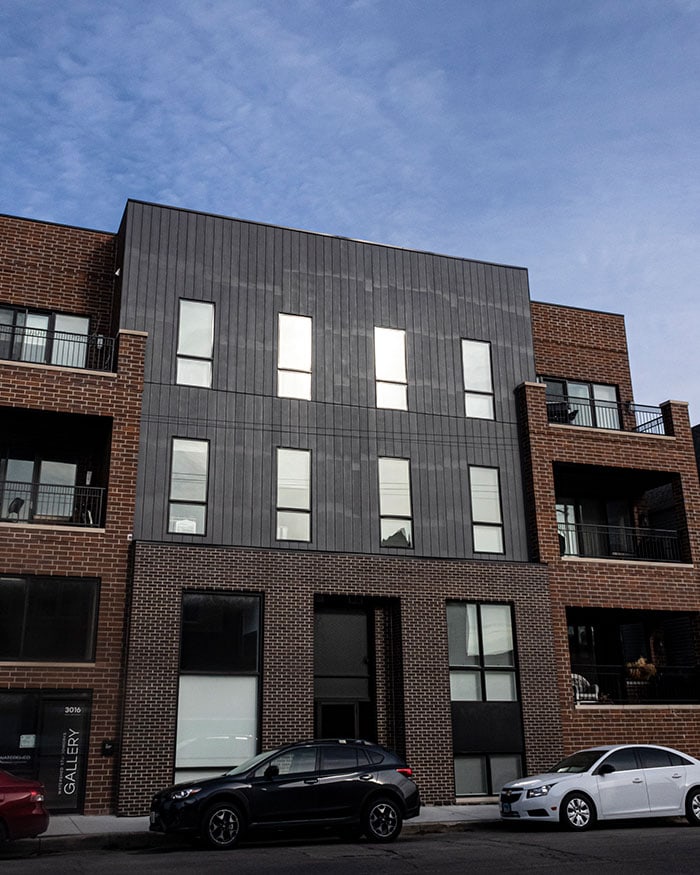
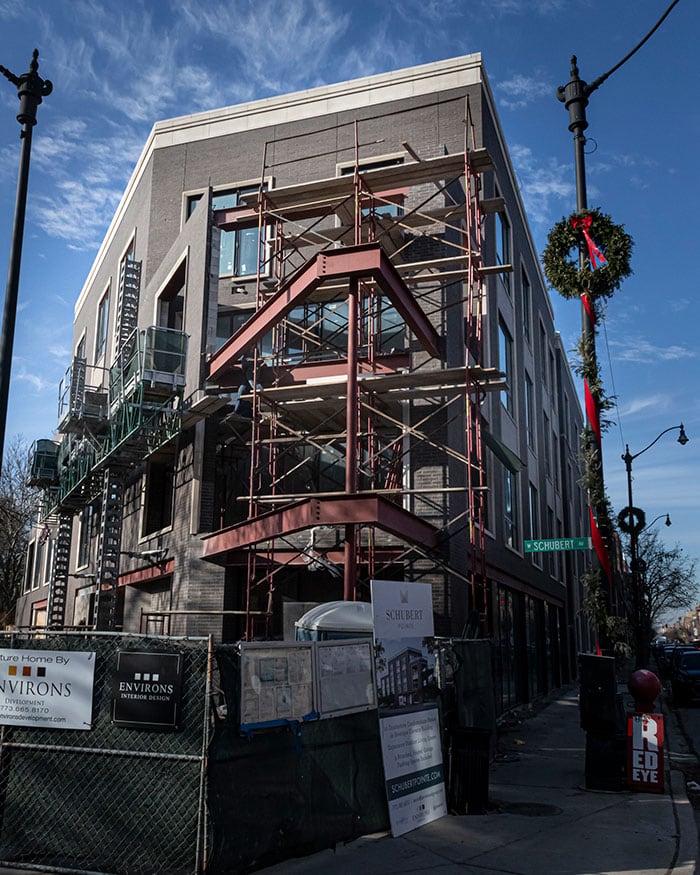
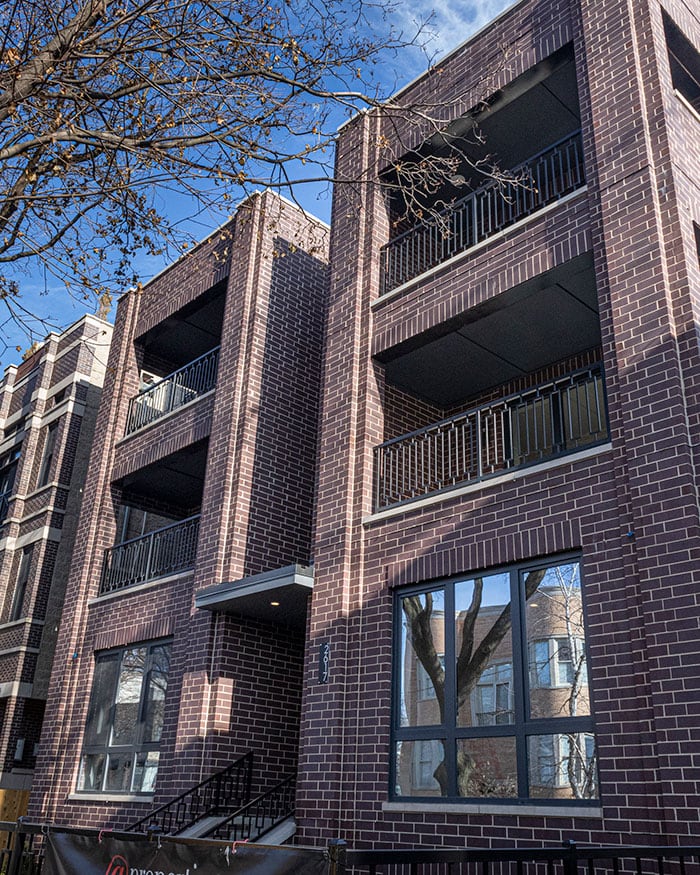
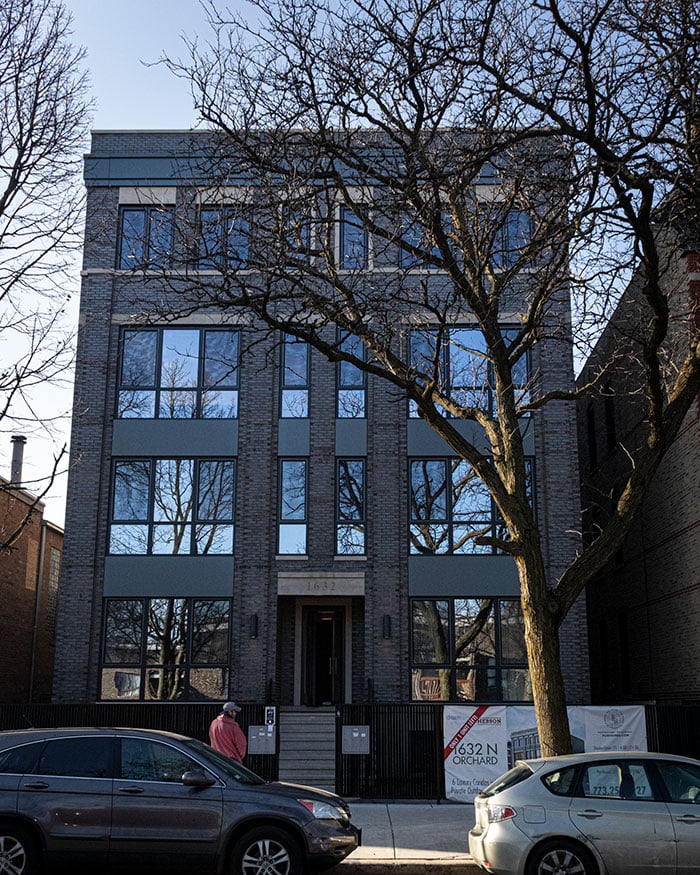
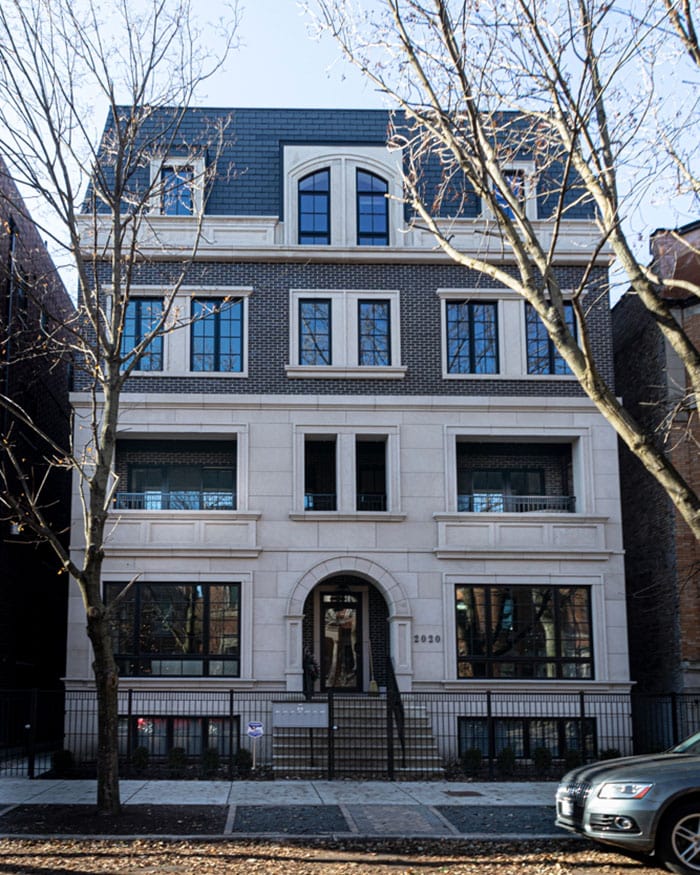
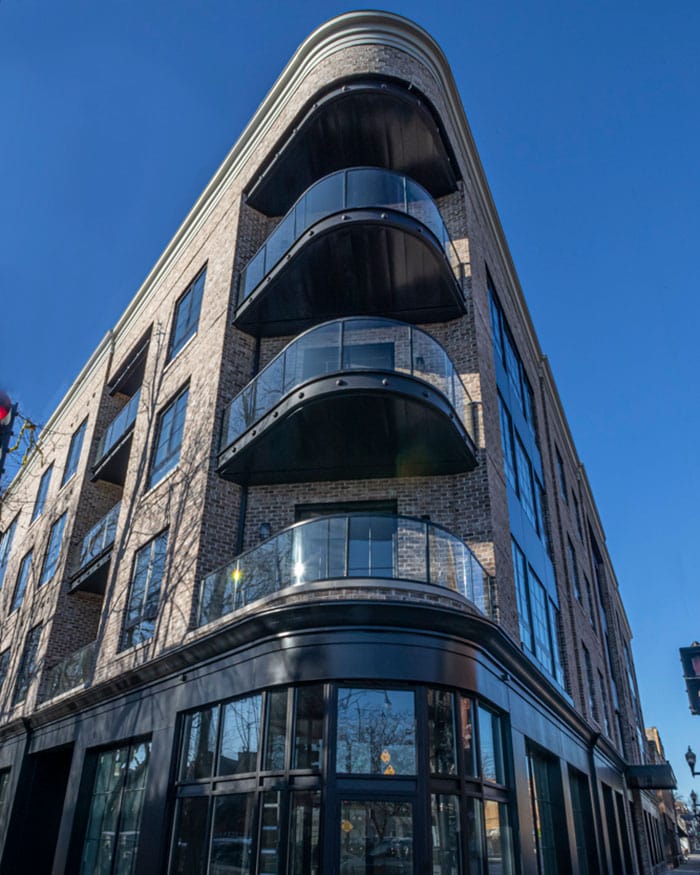
Real Estate Developers Need a Commercial Soundproofing Solution They Can Trust
Building conversion drives downtown residential markets
In major cities, it’s been popular for many years to convert old warehouses and commercial buildings into upscale apartments and condominiums. These old buildings have long, rich histories and a charm that is highly prized by the occupants. But since they were originally built for commercial purposes, almost every building has its own set of problems and challenges to overcome.
One particular design challenge for commercial real estate developers is soundproofing individual living units. This includes sound-isolating both exterior noise, and noise coming from neighboring units and hallways. In these cases, a typical residential solution delivers inferior results, so developers are more commonly turning to commercial soundproofing solutions.
Condo and apartment dwellers want acoustical privacy.
Today, acoustical privacy is a reasonable expectation for buyers and renters, especially in mid-range and upscale properties where people are paying higher rents, real estate prices, and association fees. Prospective renters and buyers are often willing to spend more for better sound isolation and privacy.
The Soundproofing Company works closely with prominent developers in major cities around the United States to help resolve these commercial soundproofing challenges.
- We offer high-quality, cost-saving solutions for exterior walls, which shield the occupant from outside noise.
- We’ve earned the trust of our clients for over 20 years with our floor-ceiling isolation solutions that will seriously reduce, if not eliminate, footfall noise from hard surface floors.
- We also work to isolate living spaces from common spaces and parking areas in existing and new buildings.
Traditional Sound Isolation Methods Just Aren't Good Enough
Poured Gypsum Floors and Resilient Channel Ceilings are outdated, fail easily
When it comes to soundproofing, most developers and contractors have turned to basically the same solutions for a century. To overcome the resonant, conductive properties of wood frame construction, standard soundproofing methods have been deployed to isolate sound. These older methods included Poured Gypsum floors and Resilient Channel ceilings. These products easily fail, as our developers are quick to point out.
Common construction practices, whether in use today or 100 years ago, don’t help much with soundproofing. All of the common building materials - wood, steel, and plaster - are both resonant and excellent conductors. Connect them all together tightly and you’ve got a serious design challenge to overcome. Even the new 1/2” standard drywall is “Ultralite” and a distinct step backwards in soundproofing. Lastly, no one wants carpet any longer. This is the perfect storm for noise transfer.
Why Poured Gypsum floors and Resilient Channel ceilings fail
Poured Gypsum floors rest on a fragile, mesh isolation mat. This mat deteriorates over time and eventually fails, causing a collapse and cracking of the gypsum floor. Without an intact isolation mat, conduction of footfall vibration continues to the floor below, carrying the sound of upstairs footfalls with it.
Resilient Channel for ceilings fails most of the time. RC-1, the original, tested material developed in the 1960s, doesn’t exist anymore. Instead, what is still called RC-1 is manufactured inconsistently and without a common set of standards. It’s also commonly installed incorrectly. This is why resilient channel litigation is so common in North America.
Mike Barrett with Chicago’s Barrett Homes and Ted White with The Soundproofing Company are in Chicago to discuss sound transmission in multifamily homes. Watch Planning for Acoustical Privacy
Get started today.
The Soundproofing Company wants to make sure your job is done right the first time; that's why it's important that we talk before you choose your products. These consultations are part of our service and are offered at no cost to you.
We have the lab reports, materials, diagrams, SIMS (Soundproofing Installation Manuals), and experience you need.

SINCE 1999 - The Soundproofing Company has over two decades of experience with soundproofing.

FREE CONSULTATION - Buy products with confidence. We know what works and the myths you should avoid.
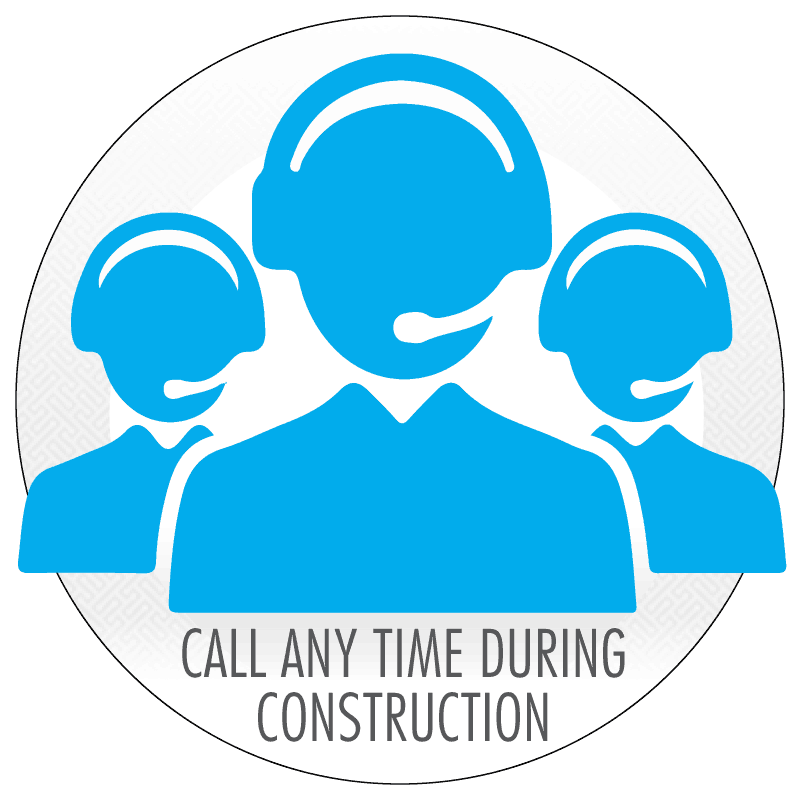
CALL ANY TIME - Full phone support throughout the construction phase of your soundproofing project.

FULLY ILLUSTRATED MANUALS with material purchase (SIM). Detailed guides to give to your contractor.
CUSTOM FREIGHT QUOTES - Our shipping department knows how to get your order shipped to you quickly at the best price.

